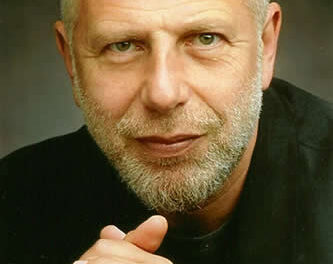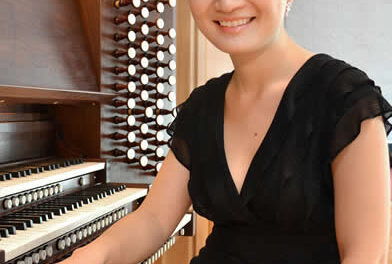Despite the fact that there is a respectable though small cello/piano sonata repertory, only about a half dozen of these are performed on a regular basis. It was, therefore, a pleasure to hear a program devoted to the less familiar ones. While the sonatas were beautifully performed by cellist Elizabeth Beilman and pianist Kari Miller, there is good reason why they regularly take a back seat.
Beethoven called his Cello Sonata in C, Op. 102, No.1, Freje Sonate (Free Sonata), and for good reason. It is one of his quirkier works, enough to suggest a real sense of humor. Written in the summer of 1815, the Sonata was intended for one of the best cellists in Vienna, Joseph Linke, a former member of the Razumovsky Quartet that had been disbanded when Razumovsky’s palace burned down. Linke was a friend of Beethoven and intimately familiar with his quartets that had been standard fare for the disbanded ensemble. The Sonata, especially in the last movement, can be viewed as a veritable battle – or loud argument – between the instruments, but more often the two act as if they “talk past” each other, a conversation in which each participant talks but doesn’t listen. Is this Beethoven’s humor or rather only a peculiar take on contrapuntal writing? Beilman and Miller navigated the rapid shifts in dynamics and tempo with appropriate lightness.
In the early 1920s, the young Paul Hindemith was considered the chief spokesman for the German musical avant garde. He revolted against German romanticism, which he described as images of wilted flowers, scented letters and damsels in distress. He experimented with stretching the limits of tonality but never discarded tonality completely as did his contemporary, Arnold Schönberg. In fact, as he matured, his music became more tonal. His Sonata for Cello Solo, Op. 25, No. 3, an early work, is full of these tonal ambiguities. Meandering between the keys of C and C-sharp, thereby incorporating the full chromatic scale, it strains both the limits of tonality and of cello technique. Hindemith, an accomplished cellist (although his main instrument was viola), challenged the performer with every instrumental trick in the book. Beilman demonstrated outstanding technique and a real love for this complex and difficult work, although from our perspective, this is a piece only a “mother” could love.
Frédéric Chopin’s Cello Sonata in g, Op. 65, is a late work, composed in 1846 when he was already gravely ill. It is a somber, achingly romantic work and Chopin apparently was never fully satisfied with his creation. To say that the piano frequently drowned out the cello probably goes without saying, since Chopin employs his usual flourishes for the pianist, while “permitting” the cello to state the themes and doodle around in the low register as an accompaniment to the piano – and Beilman’s cello is certainly no shrinking violet.
The encore brought another rarity, the andante of Mendelssohn’s Cello Sonata in B-flat, Op. 45, his “other” cello sonata.
With so much musical activity in the area, it is important to broaden the repertoire and hear less familiar works. Beilman and Miller should be commended for giving such works a hearing. They certainly gave them a fair one.












